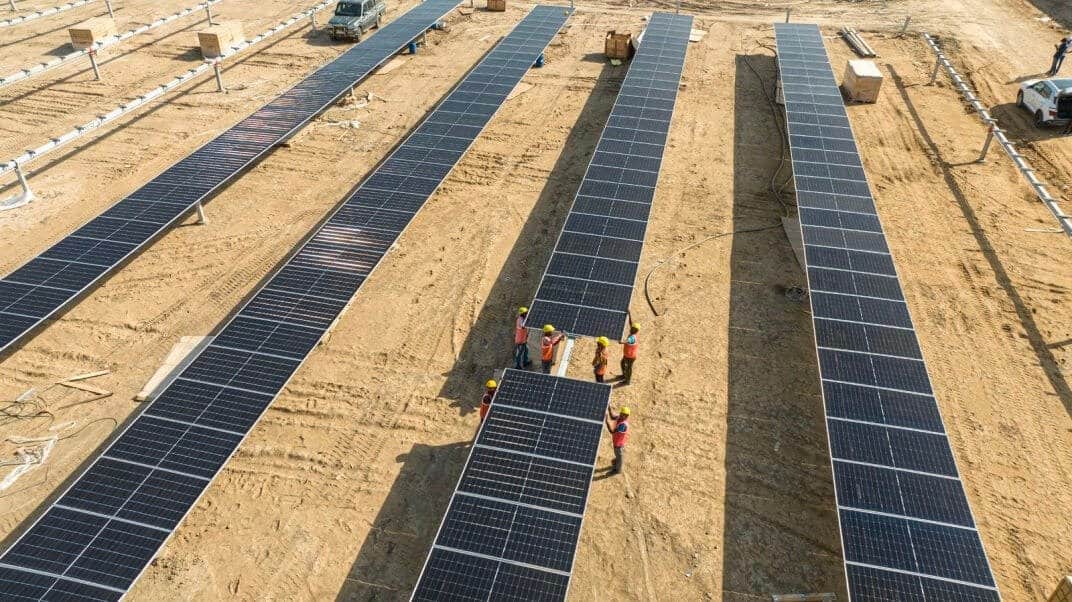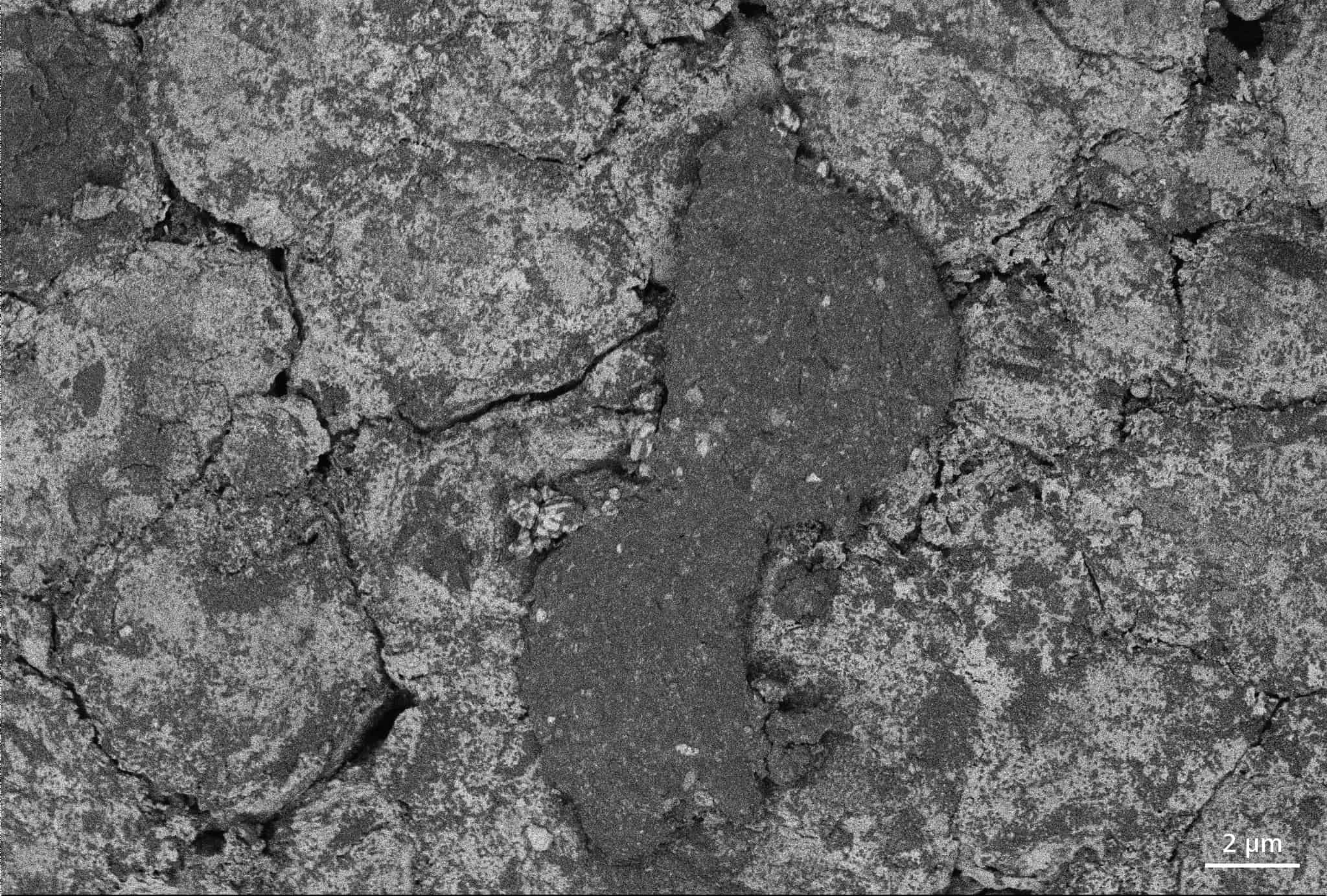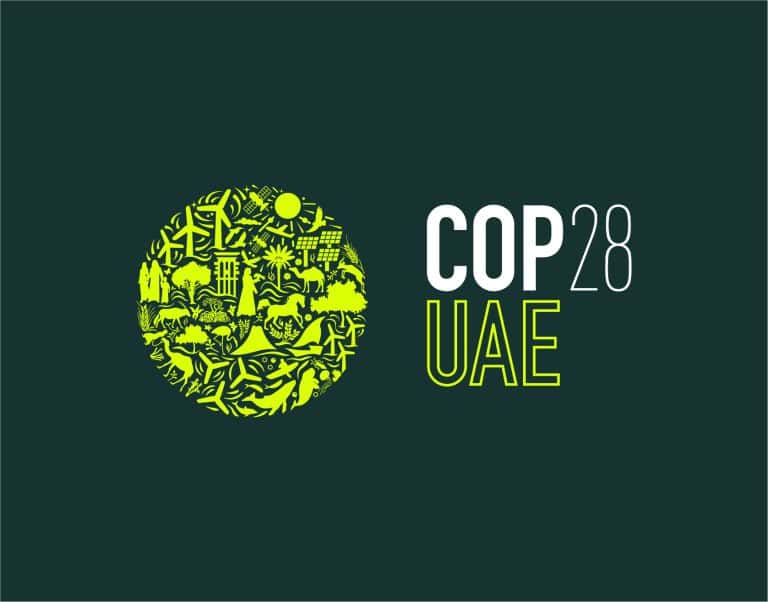
India embarks on a groundbreaking journey by constructing the world’s largest renewable energy park in the Khavda desert, Gujarat. This ambitious project, costing at least $2.26 billion, will stretch over 726 square kilometers—comparable to the size of Singapore. Upon completion, it is expected to generate 30 gigawatts of clean energy annually, enough to power nearly 18 million homes. This aligns with India’s strategic goals to install 500 gigawatts of renewable energy by the decade’s end and achieve net zero emissions by 2070.
- India is building the world’s largest renewable energy park.
- The Khavda energy park, as big as Singapore, will power nearly 18 million homes.
- Environmental and social concerns have been raised around the new plant.
Challenges and progress in the Khavda desert
The Khavda Renewable Energy Park represents a significant leap towards India’s clean energy aspirations. KSRK Verma, the Adani Green Energy Limited project head, has been candid about the numerous challenges faced during construction. The park’s location in a highly earthquake-prone area, combined with the harsh conditions of the Rann of Kutch—a vast salt desert and marshland—presents a formidable task for workers. The first six months of the project were dedicated to establishing basic infrastructure before the energy project commenced in April.
Despite these obstacles, the endeavor has made strides with a substantial financial boost. Adani Green Energy recently secured a $1.36 billion green loan from an international bank, reinforcing the project’s expansion. This funding is a testament to the global confidence in India’s renewable energy trajectory and its potential to serve as a beacon for other developing countries.

Economic and environmental implications
The economic ripple effects of this project are considerable. It is estimated to generate around one lakh (100,000) jobs and mitigate approximately five crore (50 million) tonnes of carbon emissions annually. This transformation of the Khavda desert into a green energy hub could catalyze unprecedented regional wealth creation. However, the project’s scale has raised questions about the socio-economic impact on local communities, particularly landless workers, who have historically been marginalized in similar initiatives.
While the project promises economic growth, environmentalists have flagged concerns over exempting large-scale renewable energy projects from environmental impact assessments. There are fears that without a systematic approach to site selection, the unique landscape of the salt desert, along with its rich biodiversity, may suffer. Sandip Virmani, an environmentalist based in Kutch, emphasizes the need to balance renewable energy development with preserving existing local economies.
The Adani Group
Adani Group, tasked with constructing a significant portion of the park, has faced scrutiny over allegations of stock manipulation and accounting fraud by Hindenburg Research. These accusations, which the group has denied, highlight the complexities and controversies that can accompany such large-scale projects. Nonetheless, the group’s operational renewable energy portfolio remains the largest in India and continues to grow.

Socio-economic benefits and concerns
There is an undeniable potential for widespread economic benefits from the Khavda energy park. However, there is an urgency to ensure that these benefits are equitably shared among the affected communities. Drawing lessons from the Pavagada solar park, where larger landowners profited while landless villagers suffered, the project’s development mustn’t overlook the needs of the most vulnerable.
Local residents express a mix of anticipation and concern. Hirelal Rajde, a longtime resident, acknowledges the potential positives and negatives of the project, ultimately believing that the benefits will outweigh the problems. His view captures the cautious optimism that permeates the region, as people await the tangible outcomes of this colossal clean energy venture.
Looking ahead
The Khavda Renewable Energy Park is not just an infrastructure project; it is a symbol of India’s commitment to a sustainable future. The park is expected to set a precedent for other nations, showcasing the feasibility of large-scale renewable energy initiatives. As the director general of the International Solar Alliance notes, such projects inspire other developing countries to follow suit.
As the construction progresses, the world watches with bated breath. The success of Khavda Park will be measured not only in gigawatts but also in its ability to harmonize economic growth with environmental stewardship and social justice. It is a balancing act of monumental proportions that could redefine the future of renewable energy in India and beyond.

